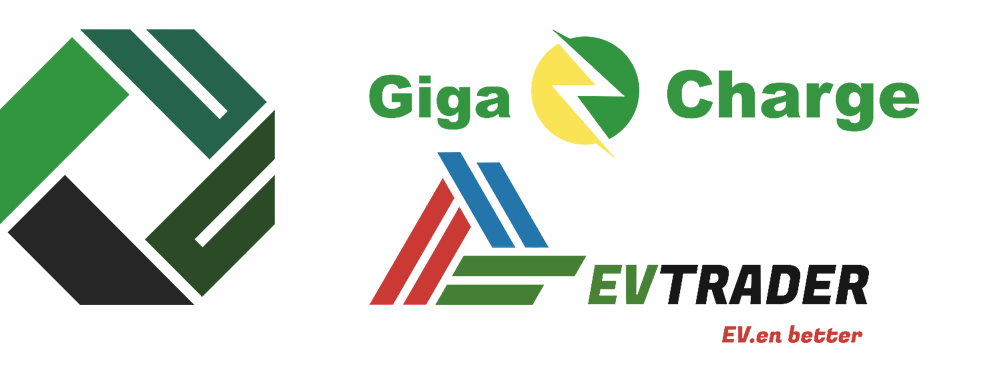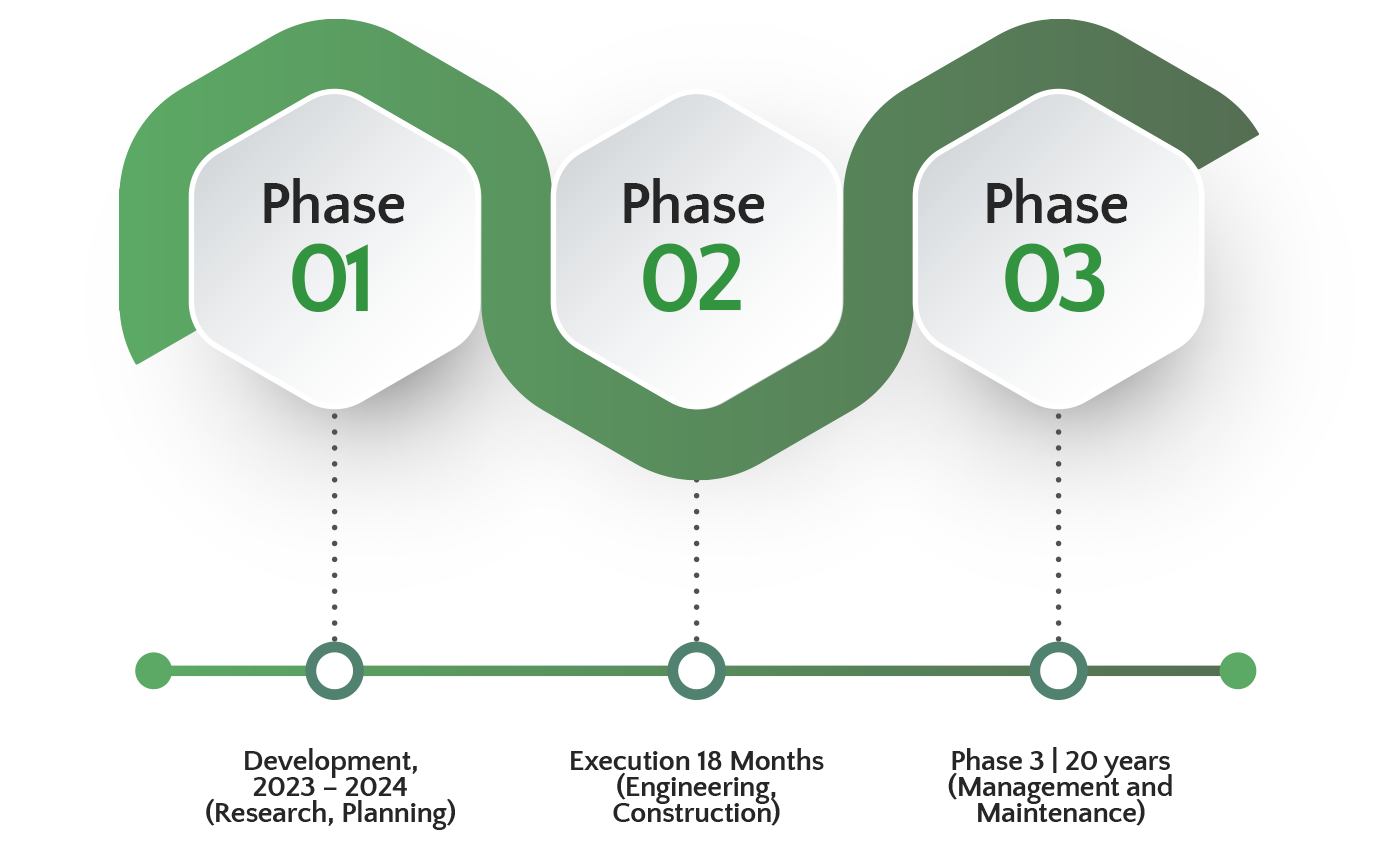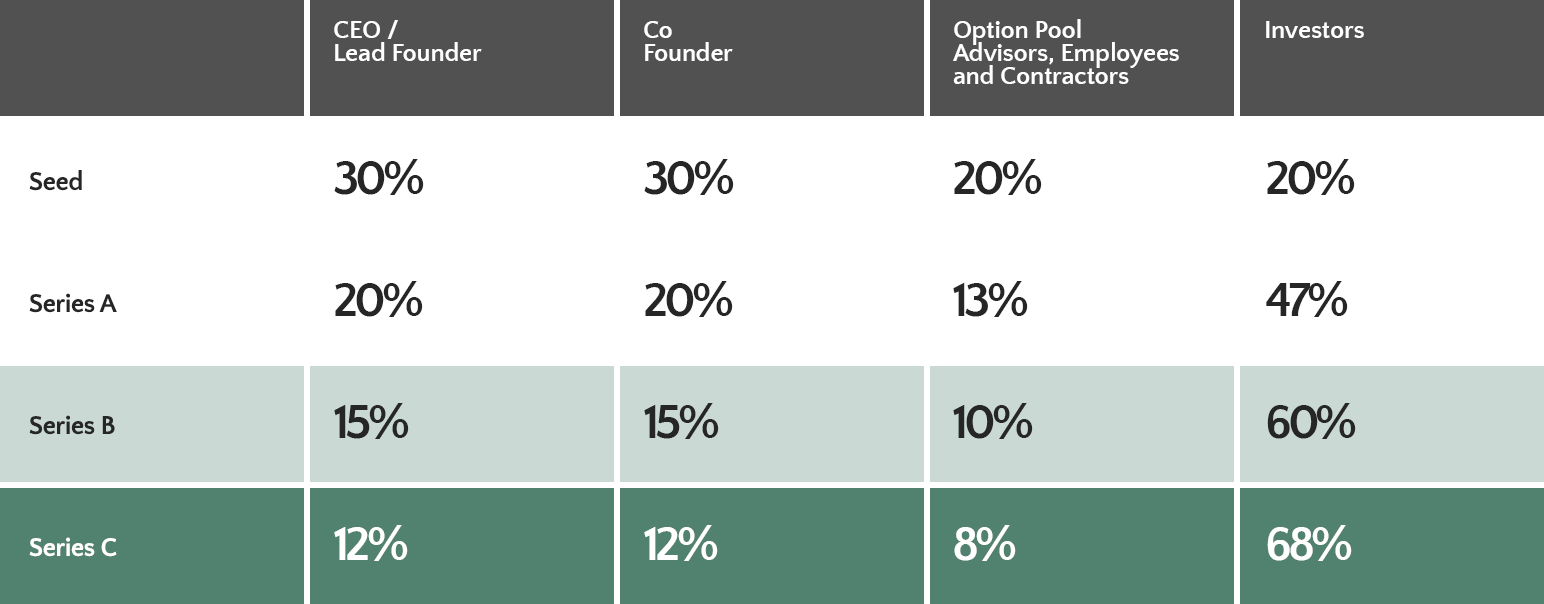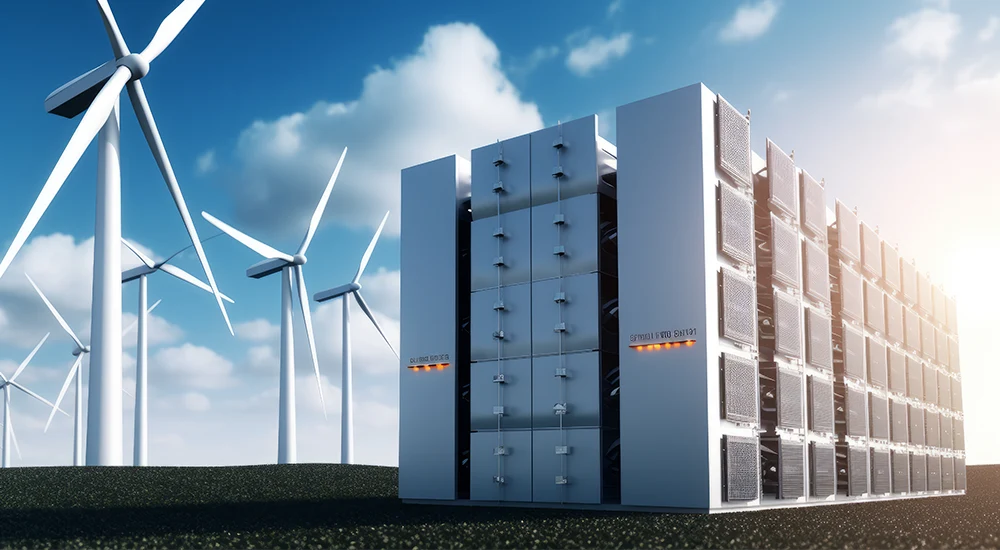The corporate structure of IEHL is a foundational element of their strategy, intricately designed to align with their expansive vision and long-term objectives.

IEHL has embarked on a critical phase of its journey towards reshaping the energy and transportation sectors in South Africa, through proactive engagement with international funders. These conversations, though still under the veil of confidentiality, represent a significant stride in the endeavor to bring IEHL’s visionary projects to fruition. The interest these discussions have sparked in the global funding community is not just a testament to the potential IEHL’s initiatives could have but also underscores the growing recognition of sustainable and green projects in the international financial landscape.
“Our engagement with these funders is a multi-faceted dialogue, where we present not just the technical and economic aspects of our projects, but also the broader vision of sustainability and environmental stewardship that IEHL embodies. It’s a narrative that goes beyond the conventional metrics of business profitability and delves into the long-term impacts on ecological balance, social welfare, and economic development.” This holistic approach is what sets IEHL apart and resonates deeply with funders who are increasingly looking to invest in projects that deliver not just financial returns, but also contribute positively to global sustainability goals.
The caliber of these international institutional funders – which includes a mix of development banks, green investment funds, and global financial institutions specializing in sustainability – reflects the scope and scale of what IEHL is aiming to achieve. These institutions are known for their rigorous due diligence processes and their focus on funding projects that demonstrate clear, tangible impacts in terms of environmental conservation, social upliftment, and advancement of sustainable technologies. Their interest in IEHL’s projects is a strong indicator of the viability and potential impact of such initiatives.
Moreover, these engagements are an ongoing process of mutual exploration and understanding. IEHL more than just financial investment but are also looking to forge long-term partnerships that align with their vision of a sustainable future. These partnerships are envisaged to go beyond mere monetary transactions; they are about sharing knowledge, expertise, and networks that can amplify the impact of their projects. The funders bring to the table their global perspectives, experiences in similar projects around the world, and insights into best practices in sustainability, all of which are invaluable to IEHL as they navigate the complexities of implementing large-scale green projects.
The conversations with these funders also involve discussions around the structuring of financial support, which is critical to the success of our projects. This includes exploring various financing models, such as equity investments, debt financing, and grants, as well as discussing terms that align with the long-term nature and developmental objectives of their projects. The goal is to secure funding that not only meets IEHL’s immediate project needs but also supports the overall sustainability and growth of IEHL in the long run.
Company Development Roadmap
IEHL has crafted a company development roadmap that is both ambitious and meticulously structured. This roadmap is not just a plan; it is a blueprint for transformation, reflecting their unwavering commitment to sustainability, growth, and innovation. It outlines a series of strategic initiatives, key milestones, and a comprehensive timeline, all converging towards their overarching goal of revolutionizing the energy and transportation sectors in South Africa.
Phase 1: Foundation and Strategic Alliances
The journey begins with laying a solid foundation, which involves establishing strong operational capabilities and forming strategic alliances. This phase is focused on building a robust organizational structure, investing in talent and technology, and forging partnerships with key stakeholders, including government bodies, technology providers, and local communities. These alliances are crucial, as they provide IEHL with the necessary support, resources, and expertise to propel their projects forward.
Phase 2: Pilot Projects and Proof of Concept
Following the establishment of a strong foundation, IEHL will embark on implementing pilot projects, such as the Maboneng Battery Energy Storage System (BESS 0.1) and the rollout of their Green Mobility initiative. This phase is critical for demonstrating the viability and effectiveness of their solutions. The success of these pilot projects will serve as proof of concept, showcasing the potential for scalability and the tangible benefits they bring in terms of energy efficiency, reduced carbon emissions, and enhanced sustainability.
Phase 3: Scaling and Expansion
With successful pilot projects, IEHL roadmap progresses to the scaling and expansion phase. This stage involves broadening the scope of their initiatives, increasing capacity, and extending their each to more regions within South Africa. It’s during this phase that IEHL plans to significantly ramp up its renewable energy production capabilities and expand the network of electric vehicle charging stations. The aim is to create a replicable model that can be adapted and implemented in different regions, thereby maximizing the impact.

Phase 4: Innovation and Diversification
IEHL will continuously seek to innovate and diversify their portfolio. This phase focuses on researching and developing new technologies and solutions in renewable energy and green mobility. The intention is to explore emerging trends like energy storage advancements, smart grid technologies, and next-generation electric vehicles. Diversification also means expanding services and solutions to new markets and sectors, potentially beyond the borders of South Africa.
Phase 5: Global Integration and Sustainability Leadership
The final phase of their roadmap envisions IEHL not just as a leader in South Africa but as a key player in the global sustainability arena. This involves integrating our solutions with global energy and transportation systems and contributing to international sustainability efforts. In this phase, the focus will also be on advocacy, sharing learnings and experiences, and collaborating on global platforms to drive policy and change towards a more sustainable future.
Throughout this roadmap, IEHL remains committed to monitoring progress, adapting strategies as needed, and ensuring that every step taken aligns with their core values of sustainability, innovation, and responsible growth. Their development roadmap is not just a path to business success; it’s a journey towards creating a lasting positive impact on the planet and its people.
Corporate Structure: An In-depth Look
IEHL’s corporate structure is a foundational element of our strategy, intricately designed to align with their expansive vision and long-term objectives. This structure is not just a framework for their operations; it reflects their commitment to robust governance, transparency, and strategic growth.
Legal Structure: A Foundation of Robust Compliance
IEHL is a Public Limited Company, this legal structure is formulated to be both robust and adaptable, allowing the organization to navigate the complexities of the evolving business and environmental landscapes. This structure is underpinned by compliance with all relevant laws and regulations, ensuring that they operate with the highest standards of corporate governance and ethical conduct. The legal framework is designed to be flexible, enabling IEHL to quickly adapt to new regulations, market conditions, and environmental considerations. This agility is crucial in the fast-evolving sectors of renewable energy and green mobility, where technological advancements and policy shifts are common.
Ownership Structure: Strategic and Transparent
Throughout the development and fundraising stages, IEHL maintains a clear and strategic ownership structure. This structure is thoughtfully crafted to balance the interests of founders, investors, employees, and other stakeholders. They have put in place an ownership model that incentivizes innovation and dedication while ensuring that the long-term goals of sustainability and corporate responsibility are upheld. This approach is integral to attracting and retaining talent, as well as fostering a culture of ownership and accountability within the company. Additionally, this transparent ownership structure is a key factor in attracting investments, as it provides potential investors with clarity and confidence in their decision to support IEHL’s initiatives.

Shares and Fundraising Strategy: Aligned with Ambitious Goals
The share structure is meticulously defined, encompassing authorized and issued shares, as well as distinct share classes that cater to different investor needs and preferences. This structure allows for flexibility and scalability in IEHL’s fundraising efforts, enabling them to attract a wide range of investors – from those focused on long-term growth to those interested in more immediate returns.
The fundraising strategy is specifically tailored to support IEHL’s ambitious projects in renewable energy and green mobility. They engage with investors who not only provide capital but also share their vision for a sustainable future. This strategy involves identifying and partnering with investors who are committed to environmental stewardship and who understand the long-term value of sustainable energy solutions. By aligning their fundraising efforts with their core mission, they ensure a consistent approach to growth and development, one that supports their objectives while also delivering value to their investors.
© 2024 IEHL

